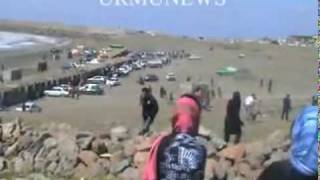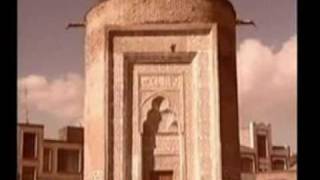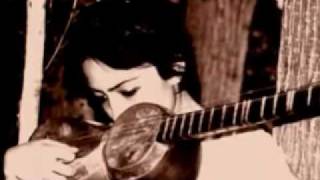Tuesday, 23 December, 2025г.
















Где искать: по сайтам Запорожской области, статьи, видео ролики
пример: покупка автомобиля в Запорожье
Urmiye Gölü barajlardan dolayı hızla kuruyor
Urmiye Gölü hızla kuruyor. Zira gölü besleyen 13 nehrin üzerinde 40′dan fazla baraj var ve 12 tane daha baraj yapılması planlanıyor. Su Hakkı'nda bu hafta Rıza Talebi ile Urmiye Gölü'nü ve bölge halkının yaşadıklarını konuştuk. Su Hakkı'nda Urmiye Gölü konuşuldu http://www.suhakki.org/2013/05/su-hakkinda-urmiye-golu-konusuldu/?utm_source=rss&utm_medium=rss&utm_campaign=su-hakkinda-urmiye-golu-konusuldu#.UYPvx6I3uSo Lake Urmia (Turkish: اورمو گؤلو , farsi: دریاچه ارومیه, Daryache-ye Orumiye) is a salt lake in northwestern Iran, near Iran's border with Turkey. The lake is between the Iranian provinces of East Azerbaijan and West Azerbaijan, west of the southern portion of the similarly shaped Caspian Sea. It is the largest lake in the Middle East, and the third largest salt water lake on earth, with a surface area of approximately 5,200 km² (2,000 mile²), 140 km (87 mi) length, 55 km (34 mi) width, and 16 m (52 ft) depth. Lake Urmia is protected as a "National Park" by the Iranian Department of Environment. Urmia (Turkish language: Urmu, Urmiyə, اورمیه; farsi: ارومیه) variously translitterated as Oroumiyeh, Orūmīyeh and Urūmiyeh, is a city in and the capital of West Azerbaijan Province, Iran. At the 2006 census, its population was 577,307, with 153,570 households. The city lies at an altitude of 1,330 m above sea level on the Shahar Chay river (City River). Urmia is the 10th most populated city in Iran. The population is mainly mainly Azerbaijanian Turkish(85-90%), with Kurdish, Assyrian Christian, and Armenian minorities.
Похожие видео
Мой аккаунт


 У вашего броузера проблема в совместимости с HTML5
У вашего броузера проблема в совместимости с HTML5


